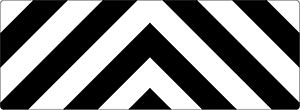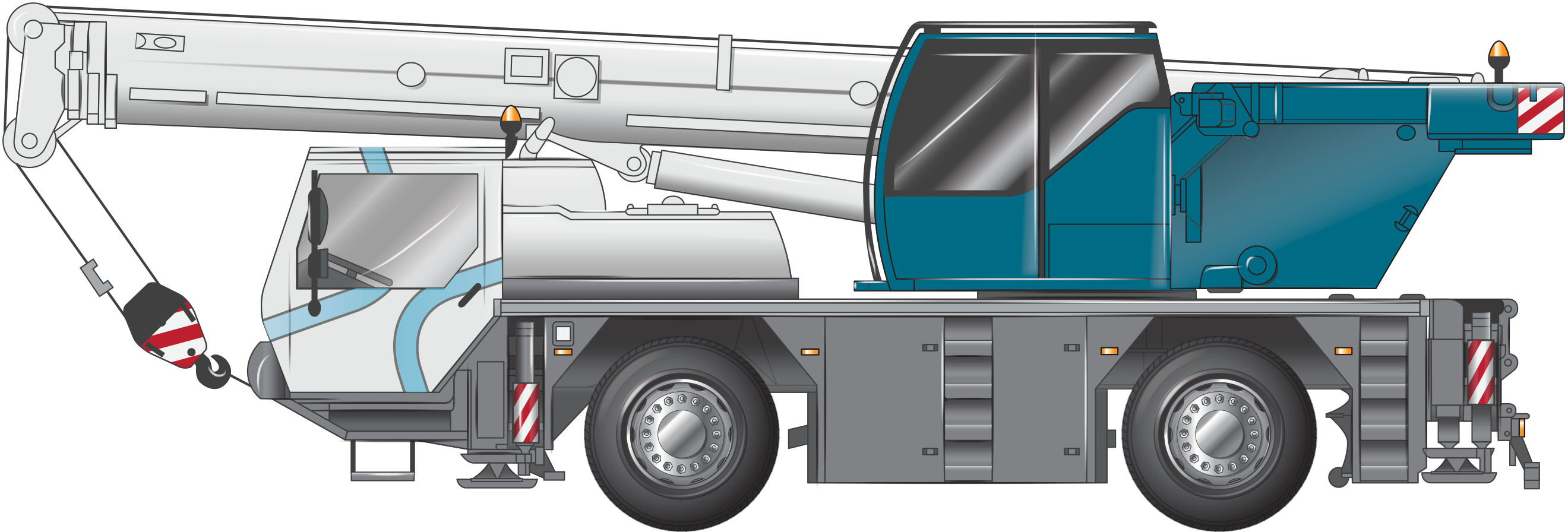What is a Special Purpose Vehicle?
A Special Purpose Vehicle (SPV) means:
- a motor vehicle or trailer, other than an agricultural vehicle or a tow truck, built for a purpose other than transporting goods by road; or
- a concrete pump or fire truck.
| Example | Description |
|---|---|
|
|
|
|
|
|
|
|
|
|
|
|
Operating conditions applying to Class 1 heavy vehicles
The Heavy Vehicle (Mass, Dimension and Loading) National Regulation (MDL) sets out mandatory conditions that Class 1 heavy vehicles must comply with; these include general conditions and additional conditions relating to SPVs.
Details about the general conditions are summarised on Schedule 8 - Conditions applying to Class 1 heavy vehicles.
Some of the key mandatory conditions that apply to SPVs include:
Side lights for travel at night with long front projections
When travelling at night, a SPV with a projection extending more than 1.2 metres in front of the vehicle must have a yellow light fixed on each side of the projection.
The light must be –
- fixed as far forward as possible, and shielded from the driver’s view
- visible to any traffic approaching the vehicle from its front
- visible to any traffic approaching the vehicle from the side on which it is fixed.
Rear marking plates and warning patterns
A rear marking plate must be fitted to the rearmost part of the body of an SPV. The rear marking plate must comply with VSB12 – Rear Marking Plates.
A warning pattern must be displayed on the left and right sides of any rigid projection extending more than 1.2 metres in front of the body of an SPV.
A warning pattern consists of diagonal stripes at least 150mm wide and alternatively coloured either red and white or black and white. The warning pattern must cover an area of at least 0.162m.


Towing other vehicles
A SPV must not tow a vehicle, this includes a trailer.
The Heavy Vehicle (Mass, Dimension and Loading) National Regulation provides an exemption by permit to allow a crane to tow a single trailer if:
- the crane has no more than 5 axles and
- the load on the trailer includes only equipment required for the normal operation of the crane and
- the swept path of the combination consisting of the crane and trailer turning a corner is not greater than what the swept path of the crane alone turning a corner would be.

Resources
- For a full list of notices and schemes visit Notices and permit-based schemes.
- To determine if you need a permit visit Special Purpose Vehicle permit.
- Contact us for assistance.

 Accessibility tools
Accessibility tools





